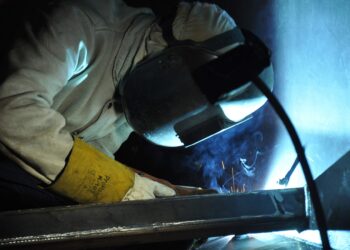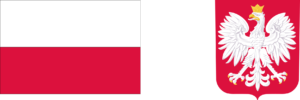The European season is back, and with it comes a fresh chance for Central and Eastern Europe (CEE) to punch above its weight. From Prague to Poznań, Razgrad to Rijeka, a diverse cast of clubs will carry the region’s colors across UEFA’s three competitions in 2025/26—testing themselves against wealthier leagues, showcasing homegrown talent, and chasing the coefficient points that shape tomorrow’s opportunities.
Who’s representing the region?
UEFA Champions League (League Phase)
- Slavia Prague (Czech Republic)
UEFA Europa League (League Phase)
- Austria: FC Salzburg, Sturm Graz
- Bulgaria: Ludogorets Razgrad
- Croatia: Dinamo Zagreb
- Czech Republic: Viktoria Plzeň
- Romania: FCSB
- Serbia: Crvena zvezda
- Hungary: Ferencváros
UEFA Europa Conference League (League Phase)
- Austria: Rapid Vienna
- Bosnia and Herzegovina: Zrinjski Mostar
- Croatia: HNK Rijeka
- Czech Republic: Sigma Olomouc, Sparta Prague
- Kosovo: Drita
- North Macedonia: Shkëndija
- Poland: Jagiellonia Białystok, Lech Poznań, Legia Warszawa, Raków Częstochowa
- Romania: Universitatea Craiova
- Slovakia: Slovan Bratislava
- Slovenia: NK Celje
- Ukraine: Dynamo Kyiv, Shakhtar Donetsk
For CEE, Europe is more than a prize; it’s a platform. A strong autumn can reshape budgets and reputations for years. TV money and matchday revenue help modernize academies and infrastructure. Good results lift national coefficients, which in turn can upgrade future access to Europe—easing paths to league phases and reducing qualifying rounds for domestic runners-up and cup winners. It’s a virtuous cycle, and every draw, win, and goal counts.
1) Slavia’s solo run in the Champions League
Slavia Prague have spent the last decade turning domestic dominance into European credibility. Their league-phase run will be a measuring stick for the Czech game’s depth—and a chance to bank landmark results in a field increasingly defined by tactical versatility and fast transitions.
2) Familiar faces in the Europa League
Dinamo Zagreb, Crvena zvezda, Salzburg, and Ferencváros are by now seasoned European travelers. Each blends academy output with canny recruitment from undervalued markets. Their task is clear: survive the league phase, reach the knockouts, and prove that smart scouting can narrow resource gaps.
3) Poland’s quartet in the Conference League
With Jagiellonia, Lech, Legia, and Raków all in, Poland has the numbers to make noise. Depth will be tested by winter schedules and fixture congestion, but a couple of deep runs would turbocharge the Ekstraklasa’s continental standing and visibility.
4) Heavyweights in the “third” competition
Conference League labels can mislead. Clubs like Shakhtar Donetsk and Dynamo Kyiv have Champions League-grade pedigree. Their presence raises the ceiling—and the difficulty—for everyone in the section, while serving as a spotlight for Ukrainian resilience and footballing culture.
5) New doors opening across the Balkans
Zrinjski Mostar, Rijeka, Shkëndija, and Drita bring fresh grounds, ultras culture, and fervent local rivalries to a wider audience. These trips can be tricky for visiting favorites; home advantage and atmosphere remain decisive in tight league-phase tables.
Success will differ by club and context. For some, it’s simply making the knockouts; for others, it’s statement wins over top-five-league opponents, or transfers born from breakout performances. A practical barometer is the points-per-game pace: stay near or above parity in the league phase, and the spring can get very interesting.
Expect compact blocks and rapid counterattacks from resource-conscious teams; set pieces will be prized, and every inch of marginal gain—throw-in routines, restarts, pressing triggers—will be rehearsed. Several sides here excel at selling high and replacing smart, which makes in-season cohesion a competitive edge. Watch for wide overloads, half-space runs from inverted wingers, and hybrid back-threes that morph in possession.
CEE clubs have become fertile ground for scouts. The region’s academies keep producing technically mature, tactically flexible players willing to learn multiple roles. Strong autumns can turn into January auctions; the trick is to convert sales into sustainable sporting progress instead of one-off windfalls.
The league-phase format rewards consistency and squad depth across the autumn-winter grind. Rotations will decide fine margins, and travel will test resources. But the opportunity is real: navigate the fixture web, collect points steadily, and the bracket will open.
From Prague’s red-and-white to Poznań’s blue, from Razgrad’s green to Mostar’s maroon, Central and Eastern Europe arrives with numbers, narrative, and know-how. The season starts now—and for this region, it’s another chance to turn potential into proof.






